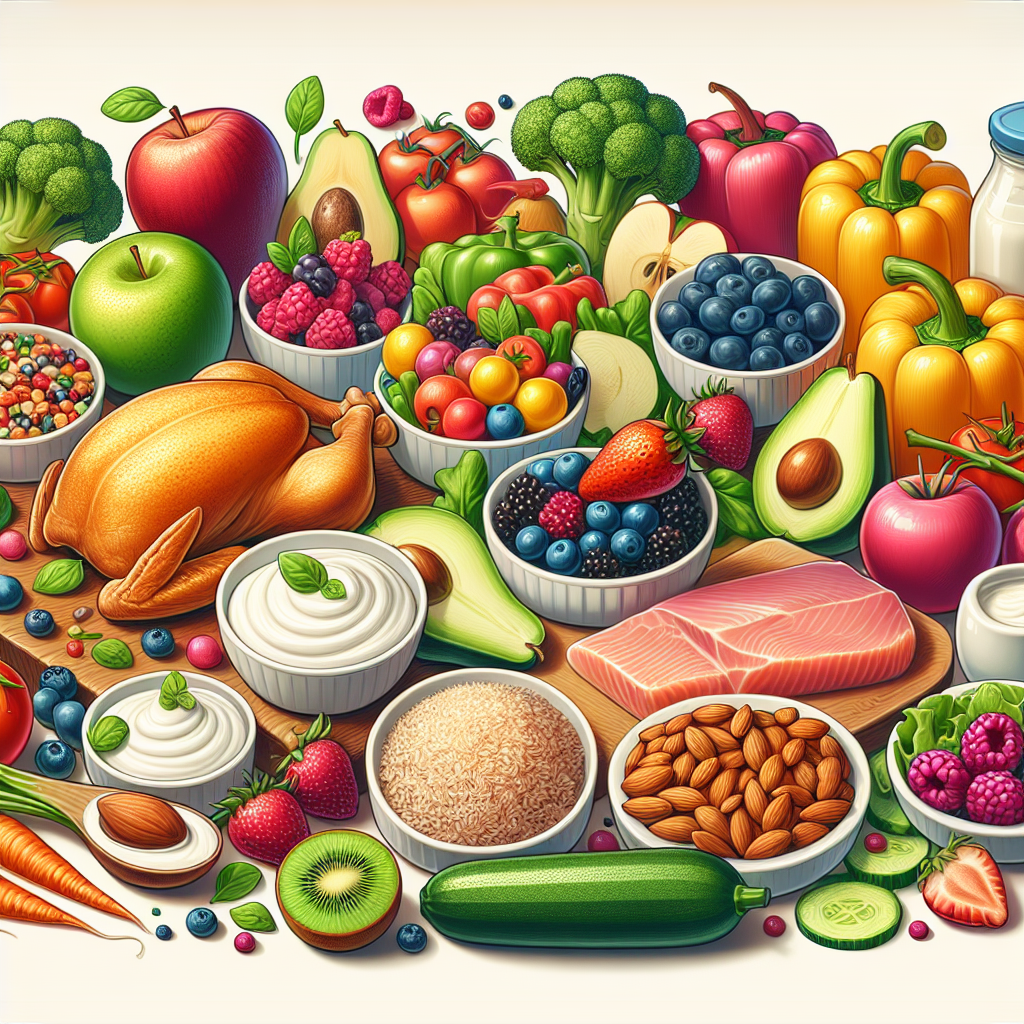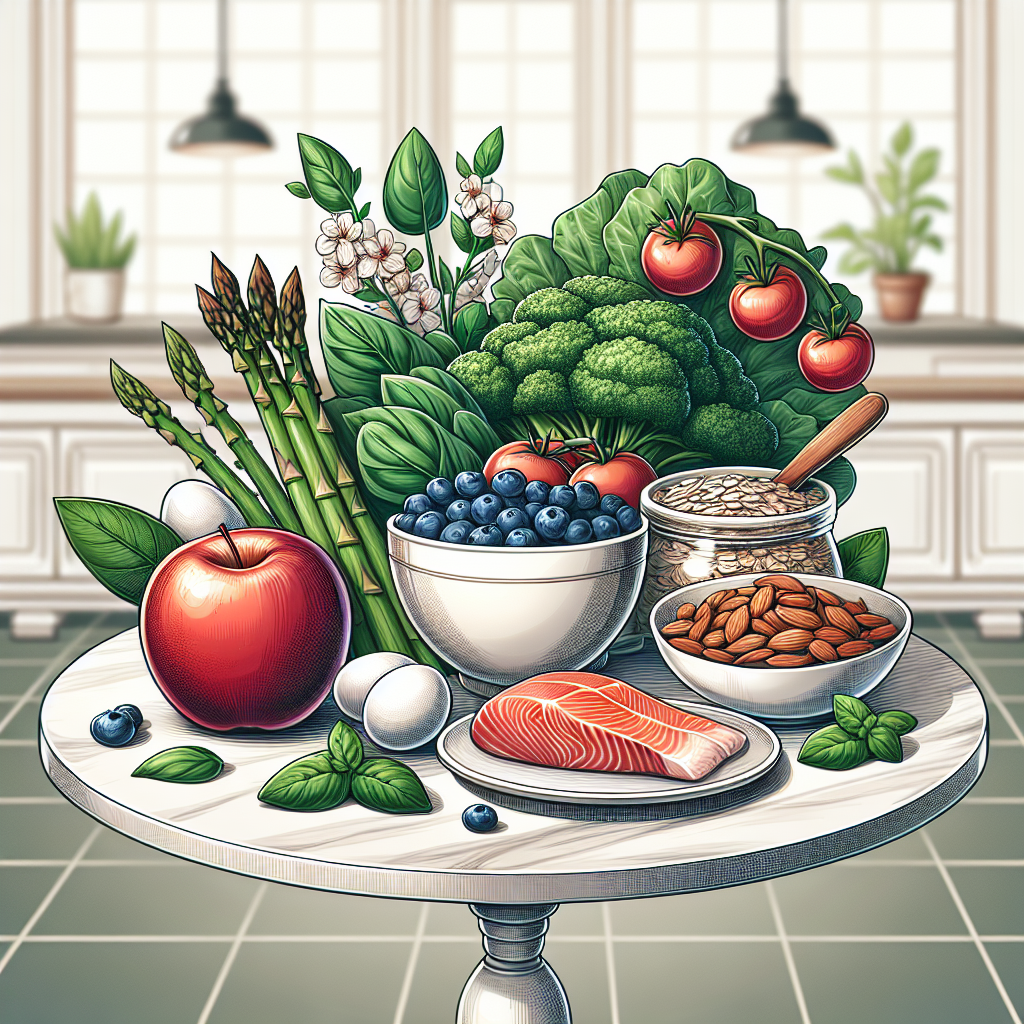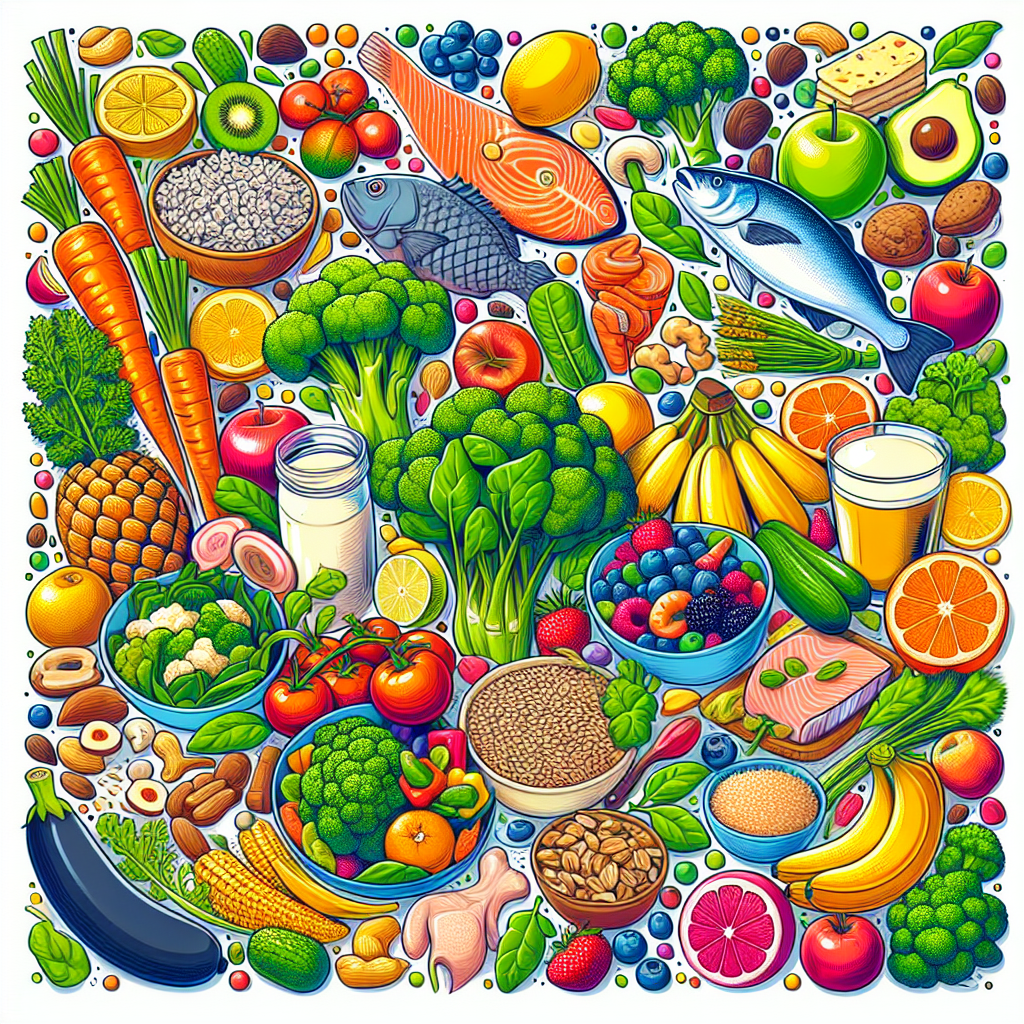The best weight loss diets aren’t built on restriction alone—they’re built on foods that help you feel full, energized, and satisfied while naturally keeping calories in check. The most helpful choices share a few traits: high protein or fiber (for fullness), lower energy density (so you can eat a satisfying volume), and minimal added sugar and processing. They’re easy to cook, versatile, and enjoyable enough to eat regularly.
Below are 10 standout foods that hit those marks. You don’t need all of them every day, nor do you have to give up foods you love. Think of this list as a toolkit: mix and match based on your preferences, budget, and culture. Small, repeatable upgrades—like swapping sugary cereal for protein-rich yogurt or adding beans to dinner—compound over time. Pair these foods with good sleep, movement you enjoy, and stress management, and you’ll have a sustainable framework for fat loss without white-knuckle hunger.
1) Eggs
Why it helps: Eggs pack high-quality protein and nutrients like choline in a small, low-calorie package. Protein has a strong thermic effect (your body uses more energy digesting it) and is the most satiating macronutrient. A higher-protein breakfast has been shown to reduce snacking later in the day compared to a high-carb meal.
Easy ways to use it:
– Veggie-loaded omelet or scramble to add volume and fiber
– Hard-boiled eggs for grab-and-go snacks or on salads
– Poached eggs over sautéed greens or whole-grain toast
A smart portion: 2–3 eggs at a meal works for most adults; pair with vegetables and a little healthy fat for balance. If you have specific cholesterol concerns, talk with your clinician; for most people, eggs can fit into a heart-healthy diet.
2) Greek yogurt (plain)
Why it helps: Plain Greek yogurt is rich in protein (often 15–20 grams per 3/4–1 cup), calcium, and probiotics. That combo boosts fullness, supports muscle maintenance during weight loss, and can help curb sweet cravings when dressed up with fruit.
Easy ways to use it:
– Breakfast bowl with berries, a sprinkle of chia, and cinnamon
– Savory dip: mix with lemon, garlic, cucumber, and dill (tzatziki) for veggies or as a sauce for chicken and fish
– Swap for sour cream in tacos, baked potatoes, or chili
A smart portion: 3/4–1 cup per serving. Choose plain and sweeten yourself with fruit; flavored versions often pack added sugar. If zero-fat leaves you hungry, try 2%—a bit of fat can improve satisfaction.
3) Oats
Why it helps: Oats provide beta-glucan, a viscous fiber that slows digestion, stabilizes blood sugar, and enhances satiety. They’re also budget-friendly, versatile, and easy to prep ahead. Compared to many breakfast cereals, oats are minimally processed and more filling.
Easy ways to use it:
– Overnight oats with Greek yogurt and berries
– Hot oatmeal topped with peanut butter and sliced banana
– Blend a small amount into smoothies to add body and fiber or use as a binder in meatballs and veggie burgers
A smart portion: About 1/2 cup dry oats per serving. Pair with protein (yogurt, eggs, protein powder) to keep you fuller longer. Be mindful of add-ins—nut butters and sweeteners are delicious but calorie-dense; measure instead of free-pouring.
4) Leafy greens (spinach, kale, arugula, romaine)
Why it helps: Leafy greens are low in calories and high in volume, so you can fill your plate without overshooting your energy needs. They offer fiber, folate, potassium, and phytonutrients that support overall health. Adding a large salad or a side of sautéed greens is a simple way to increase meal size and satisfaction.
Easy ways to use it:
– Large salad with a protein (chicken, tofu, beans), crunchy veg, and a measured dressing
– Sauté with garlic and olive oil; finish with lemon
– Add handfuls to eggs, soups, stews, and smoothies

A smart portion: Think big—2–3 cups raw or 1 cup cooked. If you take warfarin, keep vitamin K intake consistent and coordinate with your healthcare provider.
5) Cruciferous vegetables (broccoli, cauliflower, Brussels sprouts, cabbage)
Why it helps: These vegetables are fiber-rich and surprisingly satisfying because of their chew and water content. They also contain beneficial compounds like sulforaphane. Their low energy density lets you eat a generous portion for very few calories.
Easy ways to use it:
– Roast with olive oil, salt, and pepper until caramelized
– Make cauliflower rice or mash to replace part of higher-calorie starches
– Shred cabbage for slaws or to bulk up tacos and grain bowls
A smart portion: 1–2 cups cooked. If you experience gas, increase gradually, cook well, and drink water. Rinsing canned or pickled versions can reduce sodium.
6) Beans and lentils
Why it helps: Beans and lentils combine protein and fiber—two big drivers of fullness. Their resistant starch feeds beneficial gut bacteria and can blunt blood sugar spikes. They’re affordable, shelf-stable, and adaptable to many cuisines, making them a weight-loss workhorse.
Easy ways to use it:
– Toss a half cup into salads, soups, or pasta to double the staying power
– Make lentil curry, bean chili, or a quick black bean and corn salsa
– Mash white beans into tuna salad or blend chickpeas into hummus
A smart portion: 1/2–1 cup cooked. If using canned, rinse to remove excess sodium. To reduce digestive discomfort, start with smaller amounts and consider soaking and thorough cooking for dried beans.
7) Salmon and other fatty fish (sardines, trout, mackerel)
Why it helps: Fatty fish provide a double punch of high-quality protein and omega-3 fats. Protein enhances satiety and supports lean mass; omega-3s may aid appetite regulation and overall metabolic health. Many people find a fish-based meal keeps them satisfied longer than a lower-fat option of the same calories.
Easy ways to use it:
– Roast salmon with a sheet pan of vegetables
– Canned salmon or sardines on whole-grain toast with mustard and arugula
– Fish tacos with cabbage slaw and yogurt-lime sauce
A smart portion: 4–6 ounces cooked fish. Aim for at least two servings per week. Choose low-mercury options like salmon, sardines, and trout most often. Grilling, baking, or air-frying keeps added fats in check.
8) Berries (strawberries, blueberries, raspberries, blackberries)
Why it helps: Berries are naturally sweet but comparatively low in calories and high in fiber and water. They deliver polyphenols that support overall health, and they make an excellent swap when you want dessert without derailing your goals.
Easy ways to use it:
– Top yogurt, oatmeal, pancakes, or chia pudding
– Blend into smoothies for sweetness without added sugar
– Enjoy a bowl of mixed berries after dinner to satisfy a sweet tooth
A smart portion: 1–2 cups fresh or frozen. Frozen berries are just as nutritious, cost-effective, and great for smoothies or quick sauces.

9) Potatoes (especially boiled and cooled), skin on
Why it helps: Potatoes are one of the most filling foods per calorie on the satiety index. Boiling and cooling increases resistant starch, which behaves like fiber, promoting fullness and steady energy. The key is preparation: a baked or boiled potato with smart toppings is a different food from fries or loaded mash.
Easy ways to use it:
– Boil, chill, and cube for a potato salad tossed with Greek yogurt, mustard, vinegar, and herbs
– Roast wedges in an air fryer; season with paprika and garlic
– Top a baked potato with cottage cheese or beans and salsa
A smart portion: 1 medium potato (about the size of a fist). Keep skins on for fiber. Avoid heavy add-ons; instead, use lean proteins, fresh herbs, salsa, or yogurt-based sauces.
10) Chia seeds
Why it helps: Chia seeds are tiny but mighty—about 10 grams of fiber in 2 tablespoons. Their gel-forming soluble fiber slows gastric emptying and may naturally reduce appetite. They also provide plant-based omega-3s (ALA) and a bit of protein.
Easy ways to use it:
– Stir into yogurt or oatmeal for extra fullness
– Make chia pudding with milk or a fortified plant milk, vanilla, and berries
– Sprinkle over salads, smoothies, or peanut butter toast
A smart portion: Start with 1 tablespoon and build to 2, along with a full glass of water. Because they absorb liquid, always hydrate well. If you’re new to high-fiber foods, increase gradually.
Putting it all together: simple meal ideas
– Protein-plus-fiber breakfast: Greek yogurt with berries and 1 tablespoon chia; or a veggie omelet with a side of fruit.
– Big salad lunch: A bed of leafy greens and shredded cabbage topped with lentils or grilled salmon, crunchy veggies, and a measured vinaigrette.
– Satisfying dinner: Roasted broccoli, air-fried potato wedges, and baked salmon; or a bean and veggie chili with a dollop of Greek yogurt.
– Smart snacks: Hard-boiled eggs, a small bowl of berries, raw veggies with hummus, or a mini chia pudding.
Tips to maximize results with these foods
– Prioritize protein at each meal. Aim for a palm-sized portion of animal protein or a combination of plant proteins to hit roughly 25–35 grams per meal.
– Fill half your plate with non-starchy vegetables. Volume helps you feel full with fewer calories.
– Be mindful with calorie-dense add-ons. Olive oil, nuts, cheese, and dressings are healthy but easy to overpour—measure at first.
– Lean on frozen and canned. Frozen vegetables and berries, canned beans, and canned fish are nutritious and convenient.
– Season boldly. Herbs, spices, citrus, vinegars, and garlic add flavor without adding many calories, making leaner meals truly craveable.
– Build consistent habits. Planning 3–5 “go-to” meals from these foods makes healthy eating automatic on busy days.
Conclusion
Weight loss success is less about a single superfood and more about repeating smart choices that keep you comfortably full and satisfied. Eggs and Greek yogurt anchor your protein; oats, beans, and potatoes deliver steady energy and satiety; leafy and cruciferous vegetables add volume and nutrients; salmon offers protein and omega-3s; berries and chia bring sweetness and fiber without excess calories. Combine them in meals you enjoy, keep portions in check, and let flavor—not restriction—lead the way. Over time, these foods help you naturally eat fewer calories while feeling better fed, making your plan sustainable for the long haul.

